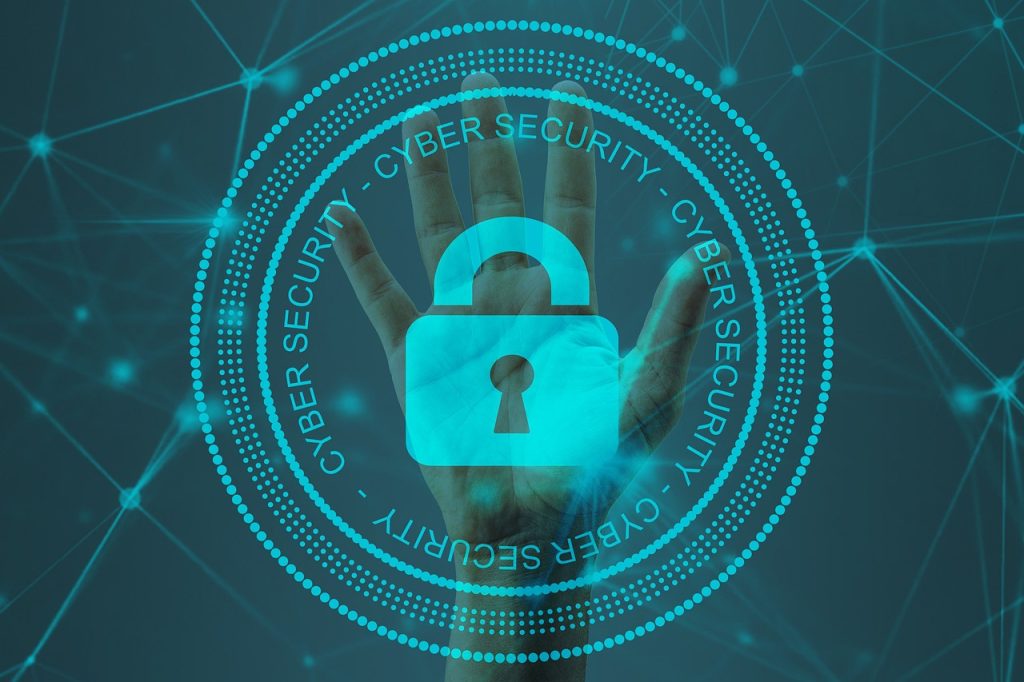In today’s digital age, securing intellectual property (IP) has become paramount. The convergence of innovation and technology has brought both opportunities and risks. Intellectual Property Cyber Security involves safeguarding intangible assets like patents, copyrights, trademarks, and trade secrets from cyber threats. This comprehensive guide unveils strategies to shield your creations from online vulnerabilities.
Table of Contents
- Understanding Intellectual Property Cyber Security
- The Role of Patents in Cyber Security
- Preserving Copyrights in the Digital Space
- Shielding Trademarks Amid Cyber Risks
- IPCS Strategies
- Encryption and Data Protection
- Access Control Measures
- Regular Cybersecurity Audits
- FAQ
- How does Intellectual Property Cyber Security differ from conventional cybersecurity?
- What are the consequences of neglecting Intellectual Property Cyber Security?
- Can blockchain technology enhance Intellectual Property Cyber Security?
- How can small businesses prioritize Intellectual Property Cyber Security?
- Are there international regulations governing Intellectual Property Cyber Security?
- What measures can prevent Intellectual Property theft in cloud environments?
- Conclusion
Understanding Intellectual Property Cyber Security
In the domain of Intellectual Property Cyber Security, a comprehensive understanding is crucial for safeguarding intangible assets. Beyond thwarting data breaches, cybersecurity measures play a pivotal role in defending innovations, artistic creations, and brands against theft, infringement, or unauthorized access. The intricate nature of protecting these assets requires a nuanced approach that encompasses a wide spectrum of digital threats.
The Role of Patents in Cyber Security
Patents hold a central position in Intellectual Property by conferring exclusive rights to inventors and innovators. Through the legal protection they offer, patents become a formidable defense against cyber threats, ensuring that groundbreaking inventions remain shielded from exploitation. This exclusivity empowers inventors to leverage their creations in the digital landscape with confidence and without the constant looming threat of unauthorized use.

Preserving Copyrights in the Digital Space
Copyrights, designed to safeguard original artistic and literary works, face unique challenges in the digital age. Robust cybersecurity measures, including the implementation of digital rights management and encryption techniques, are essential for preserving the integrity of copyrighted content online. As digital platforms become primary arenas for creative expression, securing these works from unauthorized access and distribution becomes paramount.
Shielding Trademarks Amid Cyber Risks
Trademark protection extends into the cyber realm to defend brand identities against various online threats. Cybersecurity strategies such as domain monitoring and trademark registration play a pivotal role in fortifying a brand’s digital presence. This proactive approach helps mitigate risks associated with counterfeiting, brand impersonation, and other cyber threats, ensuring the continued strength and authenticity of the brand in the online landscape.
IPCS Strategies
Implementing effective strategies bolsters Intellectual Property Cyber Security, mitigating potential risks and vulnerabilities.
Encryption and Data Protection
Employing encryption protocols is crucial for safeguarding sensitive intellectual property (IP) data. These protocols serve as a barrier against unauthorized access or tampering by cyber attackers, ensuring the confidentiality and integrity of valuable information.
Access Control Measures
Implementing stringent access control measures, such as authentication mechanisms and user-specific permissions, plays a pivotal role in reducing the risk of exposure of intellectual property to potential threats. By limiting access, organizations can fortify their defenses and bolster data security.
Regular Cybersecurity Audits
Conducting routine cybersecurity audits is essential for identifying vulnerabilities within systems and networks. These audits serve as proactive measures to fortify defenses, enabling organizations to address weaknesses promptly and enhance the protection of their intellectual assets.
FAQ
How does Intellectual Property Cyber Security differ from conventional cybersecurity?
Intellectual Property Cyber Security focuses specifically on safeguarding intellectual property (IP) assets such as patents, trademarks, trade secrets, and copyrights. It involves protecting the digital rights associated with these assets. Conventional cybersecurity, on the other hand, deals with broader aspects of securing networks, systems, and data from various threats.
What are the consequences of neglecting Intellectual Property Cyber Security?
Neglecting Intellectual Property Cyber Security can lead to severe consequences such as IP theft, unauthorized use or replication of proprietary information, loss of competitive advantage, compromised brand reputation, and legal disputes resulting in financial losses.
Can blockchain technology enhance Intellectual Property Cyber Security?
Yes, blockchain technology offers a decentralized and immutable ledger system, which can significantly enhance Intellectual Property Cyber Security. By providing transparent and secure records of ownership, blockchain can help in tracking and validating the authenticity of intellectual property rights.
How can small businesses prioritize Intellectual Property Cyber Security?
Small businesses can prioritize Intellectual Property Cyber Security by implementing robust cybersecurity measures tailored to protect their specific IP assets. This includes conducting IP audits, implementing encryption and access controls, employee training on IP protection, regular software updates, and establishing clear IP policies.
Are there international regulations governing Intellectual Property Cyber Security?
While there isn’t a specific global regulation solely dedicated to Intellectual Property Cyber Security, various international agreements and treaties, like the TRIPS Agreement under the World Trade Organization (WTO), include provisions related to the protection of intellectual property rights in cyberspace.
What measures can prevent Intellectual Property theft in cloud environments?
Preventing Intellectual Property theft in cloud environments involves employing encryption for data at rest and in transit, implementing multi-factor authentication, conducting regular security assessments, choosing reputable cloud service providers with strong security measures, and ensuring compliance with data protection regulations.
Conclusion
In the digital landscape, safeguarding intellectual property demands a proactive approach. Integrating robust cybersecurity measures protects not just data but also the invaluable creations and innovations that drive progress. By prioritizing Intellectual Property Cyber Security, individuals and businesses alike can thrive in a secure digital environment.


